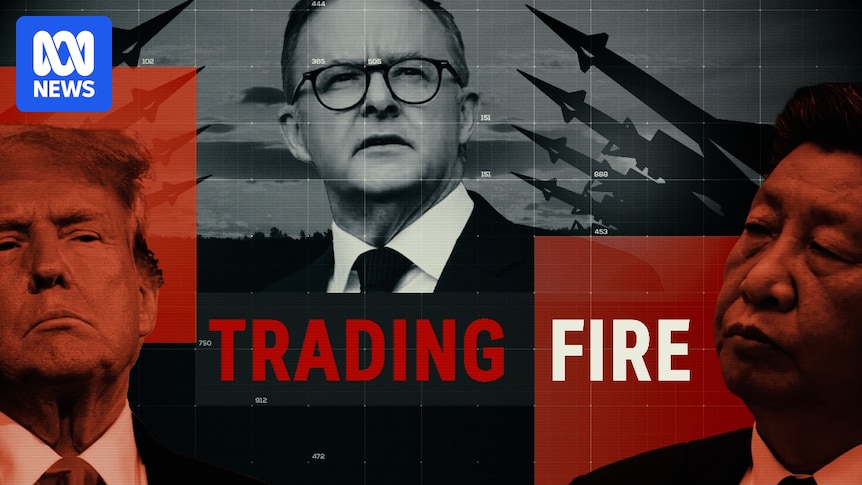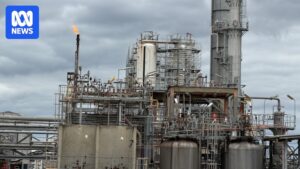
On November 3, 2025, a pivotal meeting took place between U.S. President Donald Trump and Australian Prime Minister Anthony Albanese, highlighting the strategic importance of critical minerals in the evolving geopolitical landscape. The leaders met at Four Corners to discuss the future of mineral resources, which have become essential for both economic and military purposes.
President Trump emphasized the significance of the partnership, stating, “In about a year from now we will have so much critical minerals and rare earth that you won’t know what to do with them.” Prime Minister Albanese echoed this sentiment, focusing on regional security and strengthening bilateral ties. “Increasing the security for the region and the world, to take our relationship to that next level,” he stated.
The Strategic Importance of Critical Minerals
Australia’s vast reserves of critical minerals have positioned it as a key player on the global stage. According to Ian Satchwell, an ASEAN Minerals Development Adviser, “Australia probably has the widest range of critical minerals on the planet.” These minerals are crucial for powering the U.S. economy and military, yet the market is dominated by China.
Scott Bessent, U.S. Treasury Secretary, remarked, “Make no mistake: this is China versus the world.”
Despite the alliance with the U.S., Australia faces a complex dilemma. Angus Grigg, an investigative reporter, discovered that Australia is supplying China with minerals critical for advanced weaponry, including hypersonic missiles. This revelation raises questions about the alignment of Australia’s economic and security policies.
Military Implications and Base Upgrades
In response to growing tensions, Australia is investing heavily in military infrastructure. The government is spending $880 million to upgrade the RAAF base Learmonth, transforming it from a “bare base” into a strategic stronghold. Wing Commander Greg Porche explained the significance of these upgrades, noting the base’s strategic location in the northwest, providing a vantage point over the South China Sea and beyond.
Air Marshal Rob Chipman, Vice Chief of the Defence Force, highlighted the urgency of these developments. “We now assess that the warning time has evaporated and that we need to be ready sooner than that,” he stated, emphasizing the need for a robust network of northern bases to counter potential threats from China.
The Global Race for Critical Minerals
As the world grapples with a new arms race, the demand for critical minerals is skyrocketing. China, with its control over end-to-end supply chains, has a significant advantage. Ian Satchwell noted, “While the rest of the world slept, China built end-to-end supply chains.” Australia, with its rich reserves, plays a crucial role in this dynamic.
Professor David Kilcullen, UNSW Canberra, stressed the importance of understanding mineral flows: “It’s really important for us to have an understanding of where our minerals go.”
Australia’s zirconium reserves, essential for hypersonic missile technology, are particularly noteworthy. Despite having the largest reserves, Australia faces challenges in processing, with China dominating this aspect of the supply chain.
Geopolitical Tensions and Future Outlook
The geopolitical landscape is increasingly fraught with tension, as highlighted by Jennifer Parker from the National Security College, ANU. “The chances of conflict in this region are increasingly likely,” she warned, underscoring the potential for Australia to become a target in the event of a regional conflict.
As the world inches closer to a possible nuclear conflict, the global arms control regime is breaking down. Dr. Tilman Ruff of the International Campaign to Abolish Nuclear Weapons expressed concern, noting the lack of effective nuclear arms control agreements between China and the U.S.
David Kilcullen emphasized the need for strategic caution: “The single organizing principle of all Australian statecraft, diplomacy, military, economic, everything for the next 30 years needs to be preventing a war between the United States and China.”
As Australia navigates its role in this complex geopolitical environment, the alliance with the U.S. and the strategic management of its mineral resources will be crucial in shaping its future security and economic landscape.





